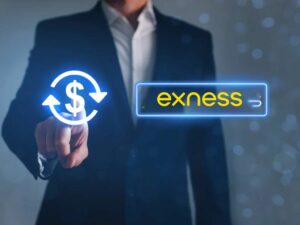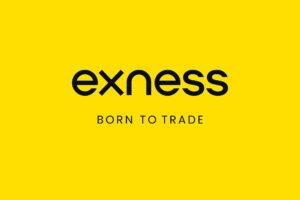When considering a forex broker, one of the key factors that traders need to evaluate is the type of execution model the broker operates. There are two primary types: Dealing Desk (DD) and No Dealing Desk (NDD) brokers. While Dealing Desk brokers act as the counterparty to client trades, NDD brokers provide access to liquidity providers, allowing trades to be executed directly in the market without interference.
Exness operates under the No Dealing Desk (NDD) model, providing traders with direct access to liquidity providers for more transparent and faster execution. In this article, we’ll explore the specific benefits of the NDD model, how Exness ensures transparent trading conditions, and why many traders prefer NDD brokers like Exness.
What is a Dealing Desk Broker?
Before we get into why Exness uses the NDD model, it’s important to understand the role of Dealing Desk brokers, also known as market makers. In a Dealing Desk model, the broker acts as the counterparty to every trade. This means that when a trader places an order, the broker might either fulfill the order from its own inventory or take the other side of the trade.
Key characteristics of Dealing Desk brokers:
- Internal Trade Execution: Trades are handled internally, and the broker may profit from client losses.
- Fixed or Widened Spreads: Many DD brokers offer fixed spreads, which can be widened depending on market conditions.
- Possible Conflict of Interest: Since the broker is the counterparty to the trade, it can potentially create a conflict of interest where the broker benefits when the trader loses.
In contrast, an NDD broker, like Exness, connects traders to liquidity providers, eliminating such conflicts.
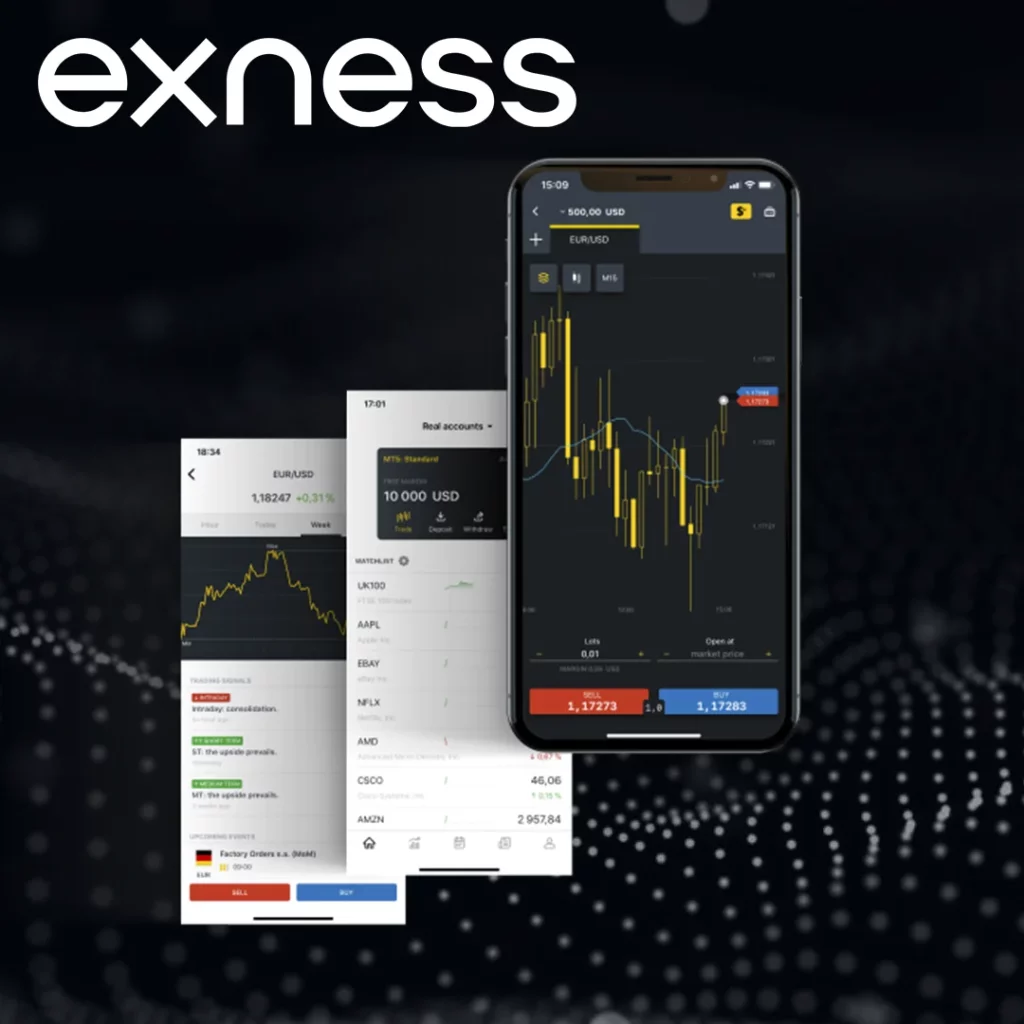
Exness: A No Dealing Desk Broker
Exness operates as a No Dealing Desk (NDD) broker, which means that it does not take the opposite side of the trades of its clients. Instead, Exness uses Straight Through Processing (STP), routing client orders directly to liquidity providers. This model allows traders to access authentic market conditions without interference from the broker.
Key Features of Exness’s NDD Model:
- Straight Through Processing (STP): Exness uses STP technology to route client orders directly to liquidity providers such as major banks and financial institutions. This ensures that traders experience live market conditions, and the broker does not interfere with trade execution.
- No Conflict of Interest: Unlike Dealing Desk brokers, Exness does not act as the counterparty to client trades. This removes any potential conflict of interest, creating a more transparent and fair trading environment.
- Fast Execution Speed: Exness offers ultra-fast order processing, with an average execution time of just 0.1 seconds. This is crucial for traders, especially scalpers or those trading high-frequency strategies, where speed is essential to profit.
- Market-Driven Pricing: Exness provides floating spreads across most account types, which are directly influenced by real market conditions. This helps ensure that traders receive competitive pricing with minimal slippage.
How Exness Ensures Transparency
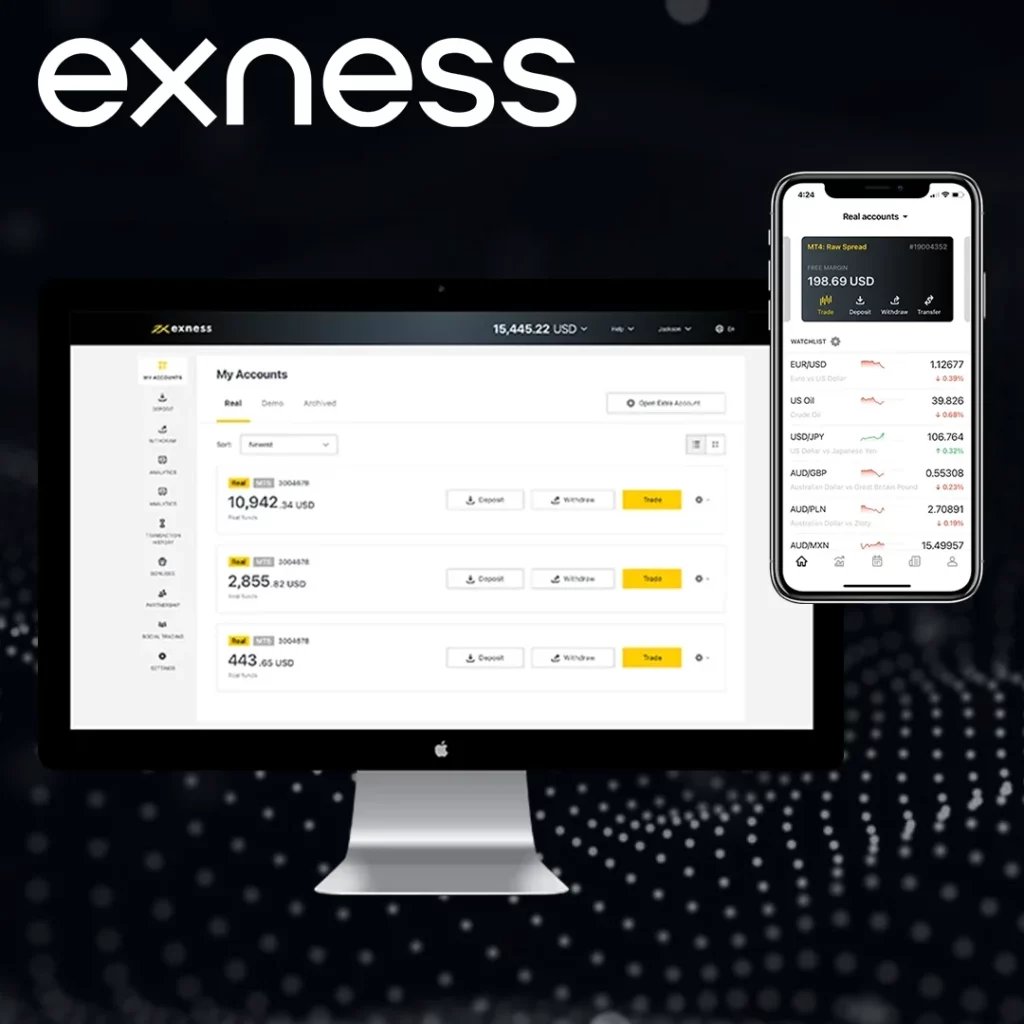
Exness places a strong emphasis on transparency in all aspects of its trading model, helping build trust with its clients.
- Execution Reporting: Exness regularly publishes metrics about trade execution speed and slippage. This allows traders to see how their trades are handled and ensures they receive the best possible execution conditions.
- Independent Audits: The broker also conducts independent audits of its trading volumes and financial operations. This enhances its credibility and solidifies its reputation for providing an honest, transparent trading environment.
- Negative Balance Protection: Exness provides all its traders with negative balance protection, meaning that traders cannot lose more than their deposited funds. This feature gives traders peace of mind knowing that they won’t end up owing money to the broker.
- Real-Time Market Depth: Exness offers access to real-time market depth, allowing traders to view liquidity levels at various price points. This feature is especially useful for institutional traders or professionals who rely on understanding the full market picture.
Comparison: Exness vs Dealing Desk Brokers
One of the main differences between Exness and Dealing Desk brokers is how trades are executed. To highlight the key differences, here’s a comparison table between Exness (as an NDD broker) and a typical Dealing Desk broker:
| Feature | Exness (NDD) | Typical Dealing Desk Broker (DD) |
| Trade Execution | Routed to liquidity providers (STP) | Internal dealing desk |
| Conflict of Interest | None | Possible (broker acts as counterparty) |
| Spread Type | Floating, market-driven | Fixed or artificially widened |
| Execution Speed | ~0.1 seconds | 0.3–1 second |
| Transparency | High (execution reports, audits) | Low (may lack execution transparency) |
| Market Conditions | Reflect real market prices | Prices may be manipulated |
Why Traders Prefer NDD Brokers like Exness
- Access to Real Market Conditions: With Exness’s NDD model, traders get direct access to market prices, providing a more accurate reflection of the underlying market. This means there’s no risk of the broker manipulating prices to profit from clients.
- Lower Trading Costs: Since Exness doesn’t internalize trades, traders benefit from lower costs compared to Dealing Desk brokers, which often widen spreads or charge higher commissions to cover internal handling. On Exness, spreads on the Raw Spread account start from 0.0 pips, with a fixed commission of $3.50 per lot.
- Ideal for Scalpers and High-Frequency Traders: The fast execution speeds and direct access to liquidity make Exness an ideal choice for scalpers or high-frequency traders. With execution speeds averaging just 0.1 seconds, traders can react to market conditions in real time, which is essential for strategies that require precision.
- Trust and Transparency: Traders appreciate the transparency Exness offers through its execution reporting, regular audits, and real-time market depth access. These features help traders verify the fairness of their trades and the overall integrity of the platform.
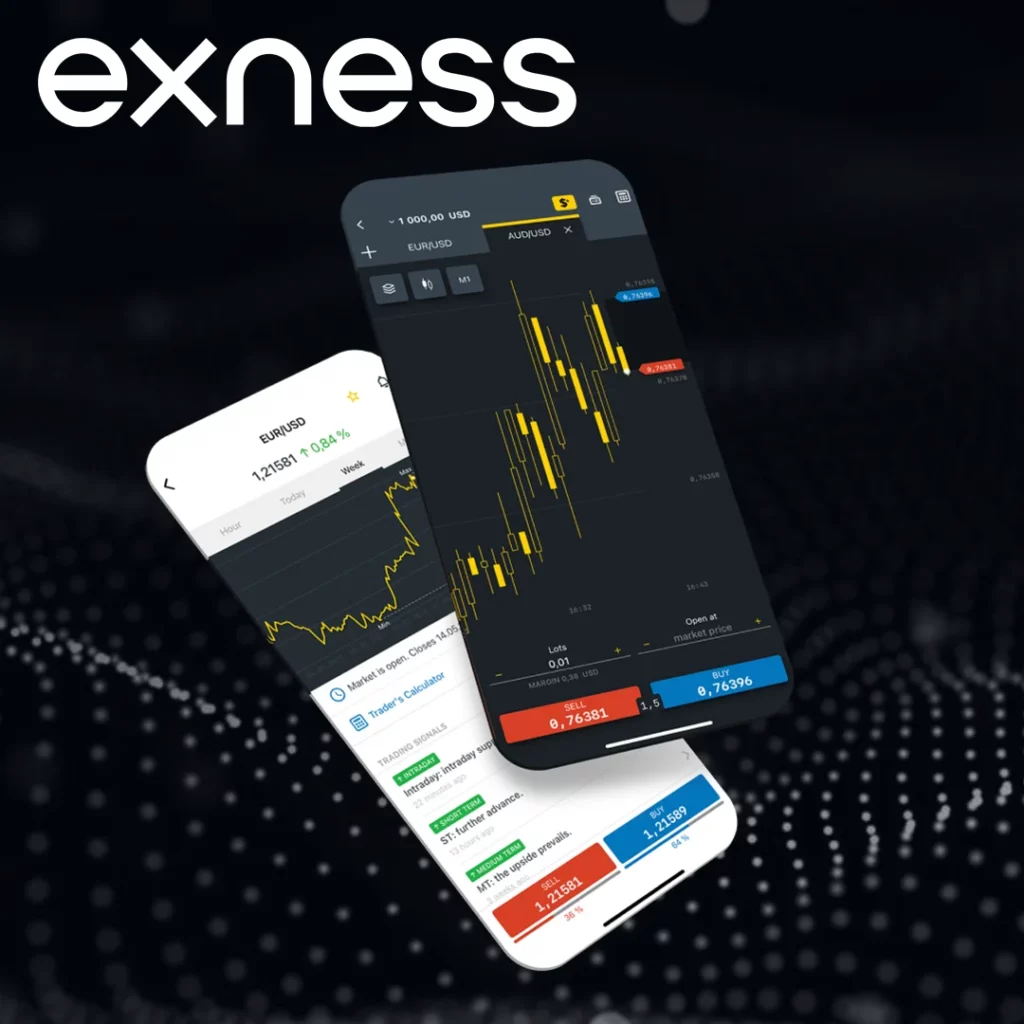
Liquidity Providers and How Exness Executes Trades
Exness partners with a network of liquidity providers, including major Tier-1 banks and financial institutions, to ensure that trades are executed at competitive prices. These liquidity providers aggregate their quotes and offer them to Exness, which then routes client orders directly to the appropriate source.
| Liquidity Provider Type | Role in Execution |
| Tier-1 Banks | Provide raw market pricing and liquidity |
| Financial Institutions | Contribute to market depth and stability |
| Non-Bank Providers | Enhance liquidity access and order matching |
By collaborating with these liquidity providers, Exness minimizes spreads and enhances liquidity, ensuring that traders get the best possible prices without delay.
Regulatory Oversight: How Exness Operates Legally
Exness is regulated by several leading financial authorities, which ensures that the broker adheres to strict operational standards. These regulations also support the NDD model by mandating fair pricing and transparent execution practices.
| Regulator | License Number | Region |
| Cyprus Securities and Exchange Commission (CySEC) | 178/12 | European Union |
| Financial Conduct Authority (FCA) | 730729 | United Kingdom |
| Financial Services Authority (FSA) | SD025 | Seychelles |
| South Africa FSCA | FSP 51024 | South Africa |
Exness is committed to adhering to the regulations set by these authorities, which further enhances trust and reliability among its clients.
Execution Speed: A Critical Factor for Traders
In high-frequency trading environments, execution speed is crucial. Exness ensures rapid order processing, with average execution times of just 0.1 seconds. This is particularly beneficial for traders using scalping strategies or those who need to react quickly to market news.
| Broker | Execution Speed | Order Reliability |
| Exness | ~0.1 seconds | 99.9% of orders executed |
| IC Markets | ~0.2 seconds | 99.7% of orders executed |
| Pepperstone | ~0.3 seconds | 99.5% of orders executed |
| XM | ~0.5 seconds | 99.2% of orders executed |
How Exness Handles Liquidity
By aggregating quotes from multiple liquidity sources, Exness offers tight spreads and enhanced pricing. This model is designed to offer traders a better chance of executing trades at favorable prices. Liquidity providers play a vital role in this process, contributing to the depth and reliability of Exness’s market execution.
Conclusion: Why Exness Is Not a Dealing Desk Broker
Exness operates under the No Dealing Desk (NDD) model, which provides traders with the benefits of transparent pricing, fast execution, and real market conditions. By routing client orders directly to liquidity providers, Exness eliminates conflicts of interest and ensures a more authentic trading experience.
With competitive spreads, fast execution speeds, and a commitment to regulatory compliance, Exness stands out as a trusted and reliable choice for traders looking for transparent and fair trading conditions. Whether you’re a novice or an experienced trader, Exness offers the tools and conditions needed for success in the forex market.

Trade with a trusted broker Exness today
See for yourself why Exness is the broker of choice for over 800,000 traders and 64,000 partners.
FAQ
What does NDD mean in forex trading?
NDD stands for No Dealing Desk, meaning that the broker does not act as the counterparty to clients’ trades. Instead, it routes orders directly to liquidity providers.

